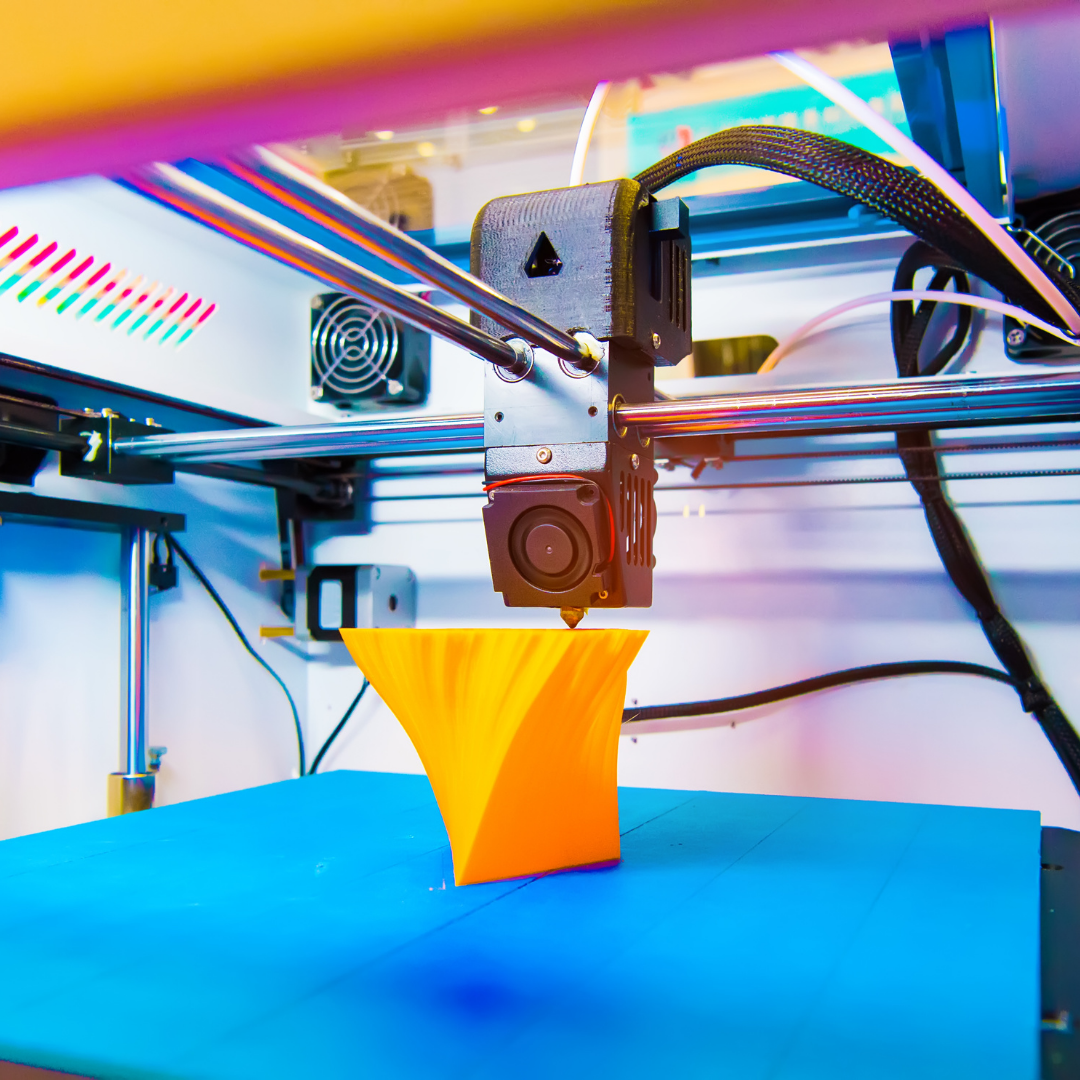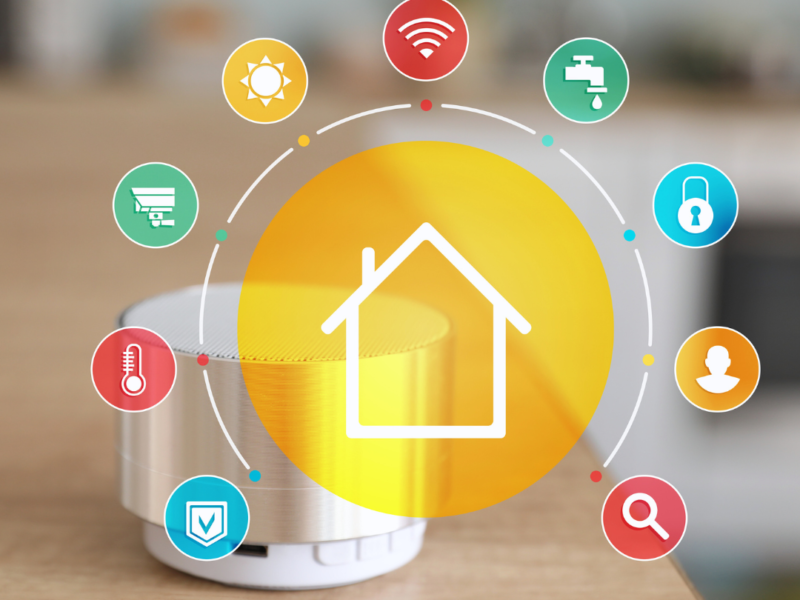The 3D printing revolution is moving towards the mainstream. In the past year, we have seen an explosion in the number of 3D printers on the market. The 3D printer market is dominated by MakerBot, a company that was started by a father-and-son pair of 3D printing enthusiasts. With the introduction of the highly-anticipated MakerBot Replicator 2, the company has joined the ranks of more established players like MakerBot, UltiMachine, and Afinia.
If you haven’t been following, 3D printed homes are the hottest thing in the housing market right now, so much so that the topic is often discussed in the media. But what does this mean for the future? The industry is still in its infancy, and despite the excitement, there are still many people who aren’t quite sure what to make of it.
3D printed homes have been a bit of a hot topic lately, with some people calling technology the next big thing in homebuilding. In fact, 3D-printed homes are already being built. The company MOD-t, based in Norway, recently printed a house that is made up of 650 pre-made parts. The house was built in just two days and included a bathroom with a shower, a kitchen, and a bedroom, with a total of around 120 square meters of living space. Of course, some people may want to bring some gypsum construction into these 3D printed homes, but the fact is that the technology could do a lot for the housing situations in many parts of the world.
3D printing is a technology that is gradually creeping into the mainstream, but there’s one thing that many people don’t realize – it’s actually been around for a long time. The first patents for 3D printing were issued in 1984, but it took over 20 more years for the technology to really take off. In recent years, there has been an increasing number of studies on 3D printed homes and applications for 3D printing. For example, the Department of Energy (DOE) has used 3D printed concrete to create a more durable form of the material. And when it comes to housing, there’s no shortage of ideas for 3D printed homes-from apartments to modular homes and even structures like modular electrical houses for businesses which, thanks to people like BMarko Structures (https://bmarkostructures.com/modular-electrical-houses/) can currently be made of shipping containers.
In the world of digital manipulation, anything is possible. 3D printed houses are one of the fastest-growing innovations in construction, showing significant growth in popularity over the past five years. But how far can 3D printed innovation go? Imagine a future in which 3D printed homes are not just a futuristic fantasy but a reality. Imagine a future in which you can 3D print your own house from scratch, using your computer or your smartphone to design and order the parts, and have it 3D printed by a local printer within a few weeks.
With the aid of 3D printing, many construction companies are able to create houses and other structures without using any concrete, steel, and other materials. However, some people are still opting for these types of materials as it is better for what they are planning, so they may check out steel building home kits as well as other types to see which would be best.
Building a house from the ground up is a lengthy, detailed, and expensive process. So, why not save time and money by starting with a 3D print? 3D printers are quickly becoming a staple tool for small business owners, architects, engineers, and more. The process is simple: 3D printers use plastic powder to build 3D objects layer by layer. The result is a functional and unique object, well on its way to becoming your next house.
When these massive layers are completed, they are fixed to their spots using heavy machinery, and the stances are corrected by experts using a base similar to a scissor lift. A 3D house is unquestionably stronger and more durable, but it is not the modern-day equivalent of a bunker. A 3D house is strong enough to withstand a lot of extra force thanks to the concrete and a special pre-engineered truss system. In other words, your 3D-printed concrete can even withstand fires.
For the past few decades, the technology industry has made exponential advances in terms of hardware and software. A brand-new age of robotics and artificial intelligence has become a reality, and the world is now capable of creating advanced, high quality, and highly functional products from scratch. However, it is one area in which we are still in the dark ages in the field of construction. It was far too expensive to produce a structure that could withstand the harsh elements and the effects of time in the past. Plus, the quality of construction was often poor. However, now, we have the tools to produce dwellings that are structurally superior and quite aesthetically pleasing.
For years now, the 3D printing industry has had the potential to transform society by making the construction of homes easier and more affordable. It is no surprise that homes printed by 3D printers are becoming more popular, especially in the United States. However, prices are still high, and the process still requires a lot of manual labor and materials.



